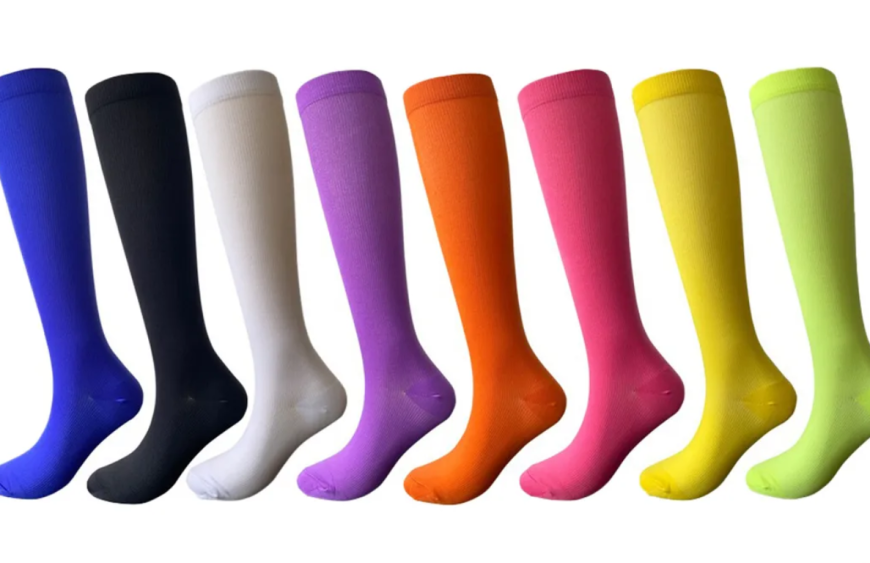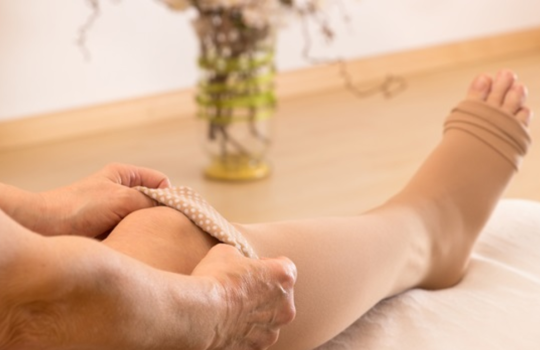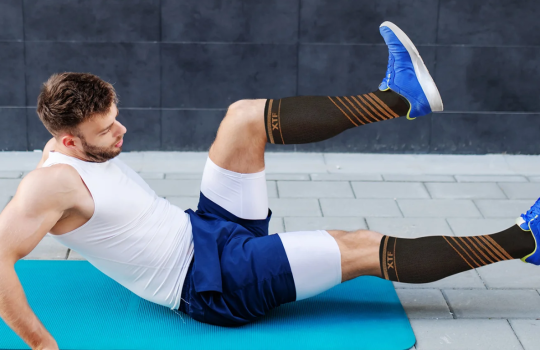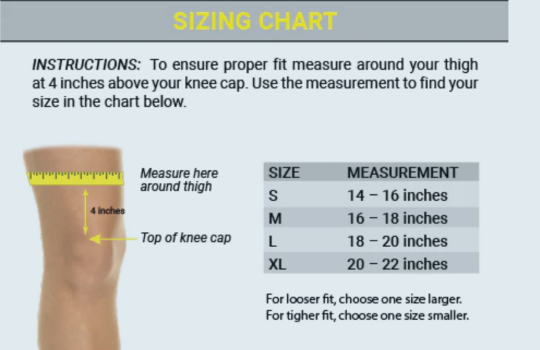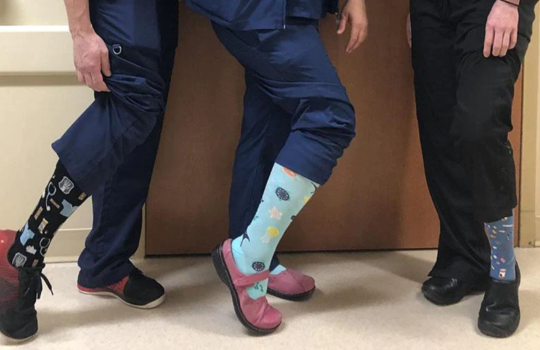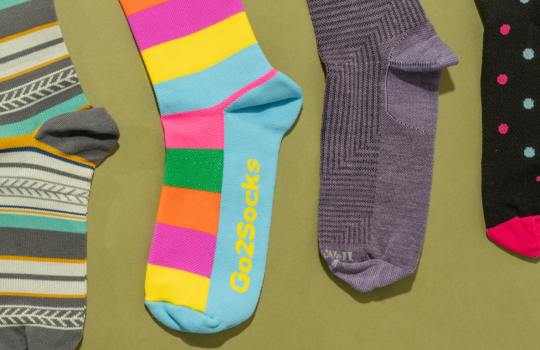Introduction
Innovations in health and wellness are continuously changing how we view self care. Toeless compression socks are one such innovation that has recently received a lot of attention. With open toe compression socks designed for more comfort and usefulness, these socks combine the therapeutic advantages of conventional compression garments to produce goods that offer additional benefits for both foot health and general wellbeing. In this essay, we’ll examine the uses, advantages, and potential positive effects of this developing profession on both foot health and general wellbeing.
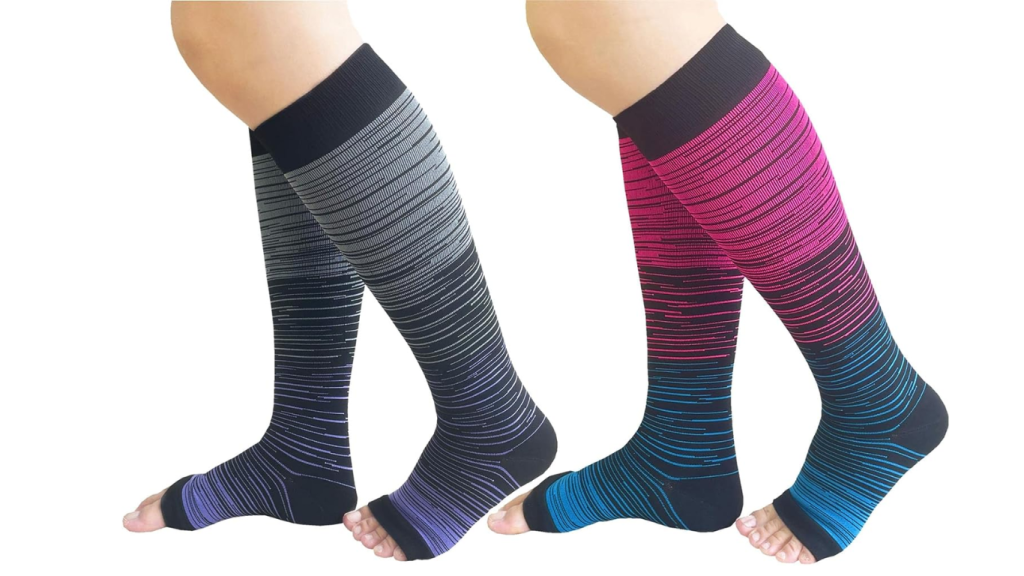
Understanding toeless Compression Socks and Their Purpose
Before diving into the specifics of toeless compression socks, it’s essential to comprehend the concept of compression socks themselves. Compression socks are specially designed garments that apply gentle pressure to the legs, ankles, and feet. The primary purpose of these socks is to improve blood circulation, alleviate discomfort, and prevent various vascular issues. They are often recommended for individuals who spend extended periods sitting or standing, athletes seeking muscle support, and those dealing with specific medical conditions.
The Evolution of Compression Socks
The history of compression garments dates back centuries, with various forms of support wear used for medical and practical purposes. Over time, advancements in textile technology and medical research have led to the development of modern compression socks. In recent years, an exciting evolution has occurred in the world of compression wear with the introduction of toeless compression socks.
You’ve just explored the world of toeless compression socks , understanding their crucial benefits. Now, take it a step further with our detailed guide on the top 6 best compression socks for nurses in 2023. Discover the perfect socks to enhance blood flow, reduce fatigue, and boost overall well being.
How Toeless Compression Socks Work
Toeless compression socks operate on the principle of graduated compression. Graduated compression means that the pressure applied by the sock is highest at the ankle and gradually decreases as it moves upward. This design promotes efficient blood flow by assisting the veins in pumping blood against gravity, thus reducing the likelihood of blood pooling in the lower extremities.
The open toe design of these socks enhances their functionality. Unlike traditional compression socks, which cover the entire foot, toeless versions offer a breathable and comfortable solution. This design not only accommodates individuals with a preference for open toe shoes but also prevents discomfort and allows for increased flexibility of movement.

Conditions and Situations Warranting Toeless Compression Socks
Medical Conditions Requiring Improved Circulation
Individuals dealing with conditions like chronic venous insufficiency, lymphedema, and deep vein thrombosis (DVT) can benefit significantly from improved blood circulation, which toeless compression socks provide.
Utilizing Toeless Compression Socks for Varicose Veins
Varicose veins occur when the veins become enlarged and twisted, often causing pain and discomfort. Toeless compression socks can alleviate these symptoms by improving circulation and providing gentle compression to the affected areas.
Benefits of Toeless Compression Socks
Improved Blood Circulation in the Lower Extremities: By enhancing blood flow, toeless compression socks help reduce the risk of blood clot formation and promote overall vascular health.
Reducing Swelling and Edema in Feet and Ankles
With their graduated pressure application, these socks help prevent the accumulation of extra fluid in lower limbs thereby significantly decreasing swelling and discomfort.

Preventing Deep Vein Thrombosis (DVT) during Travel
Prolonged periods of immobility during travel can increase the risk of DVT. Toeless compression socks provide a practical solution by aiding blood circulation and reducing the likelihood of clot formation.
Differentiating Between Toeless and Traditional Compression Socks
When comparing toeless compression socks to their traditional counterparts, there are distinct differences in both features and benefits. While both types serve the same fundamental purpose of improving circulation, toeless socks offer enhanced comfort and the advantage of being compatible with open toe shoes.
Choosing the right type of compression sock depends on individual needs, preferences, and any existing medical conditions. Consulting a healthcare professional is recommended to determine the most suitable option.
Who Can Benefit from Toeless Compression Socks
Athletes and Active Individuals Seeking Muscle Support: Toeless compression socks can aid in muscle recovery and performance optimization for athletes engaging in high intensity activities.
Professionals Who Spend Long Hours Standing or Sitting: People working in occupations that require prolonged periods of standing or sitting can benefit from improved circulation and reduced leg fatigue provided by toeless compression socks.
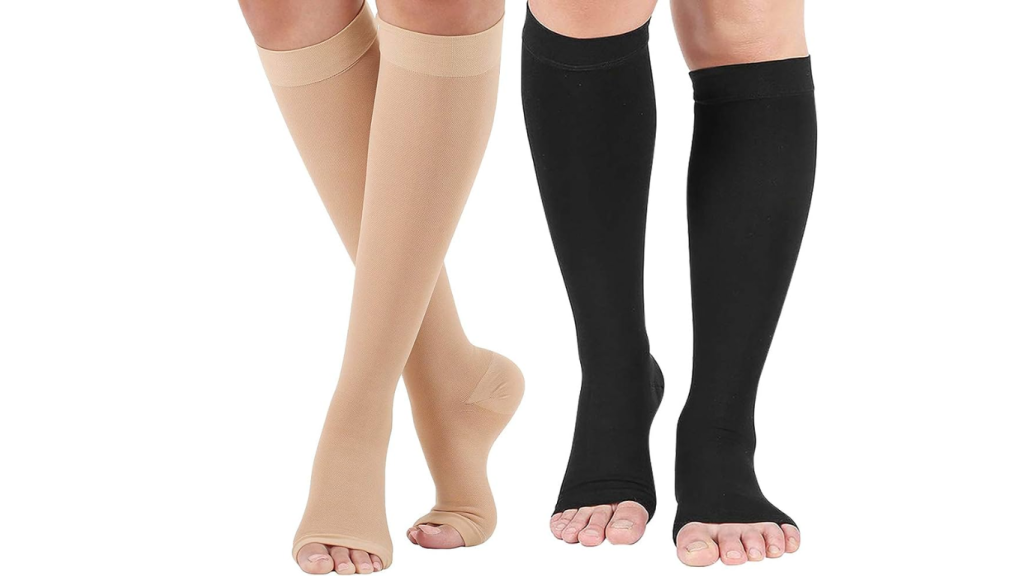
Finding the Right Fit and Size
For maximum effectiveness, it’s crucial to select the correct size of toeless compression socks. Proper sizing ensures that the socks apply the appropriate amount of pressure to the legs without causing discomfort. Manufacturers often provide sizing charts to assist users in finding the right fit.
To measure for the correct size, take accurate measurements of the ankle circumference, calf circumference, and leg length. Following the manufacturer’s guidelines will ensure a comfortable and snug fit.
Are Toeless Compression Socks as Effective?
Toeless compression socks maintain their effectiveness despite their unique open toe design. The principle of graduated compression, which aids blood flow, remains intact. The advantage of toeless socks lies in their enhanced comfort and flexibility. They are suitable for those with foot concerns and can be worn with open toed shoes. While traditional and toeless options both offer benefits, the choice depends on personal preference and needs. Manufacturers ensure the compression gradient is well designed in toeless socks to preserve their effectiveness. In essence, toeless compression socks are a practical and comfortable solution for improved circulation and foot health.
Why do people wear toeless socks?
Toeless compression socks are favored for several reasons. They prioritize comfort by eliminating toe constriction and enhancing breathability, making them comfortable for extended wear. Those with foot conditions like bunions find relief in their targeted compression design. The open toe feature offers flexibility with footwear, accommodating open toed shoes and sandals. Importantly, toeless compression socks maintain the circulation benefits of traditional versions while catering to individual preferences. Their stylish options also suit post surgery recovery and athletic support. In essence, toeless compression socks merge comfort, style, and functionality for various needs.
Who Should Not Wear Compression Socks?
While compression socks offer numerous benefits for a wide range of individuals, there are certain cases where they may not be suitable. Individuals with certain medical conditions should exercise caution or consult a healthcare professional before using compression socks. People with severe arterial insufficiency, which refers to compromised blood flow in the arteries, should avoid compression socks as the increased pressure might worsen their condition. Similarly, those with skin infections, open sores, or dermatitis on their legs should refrain from wearing compression socks, as the pressure could potentially exacerbate these issues.
Using Toeless Compression Socks Effectively
To make the most of toeless compression socks, it’s essential to know how to put them on and take them off correctly. Putting on compression socks can be slightly challenging due to the tight fit, but there are techniques to make the process easier.
In terms of duration and frequency of use, follow the recommendations provided by your healthcare professional or the manufacturer. Typically, wearing compression socks during periods of extended sitting, standing, or travel is advised for optimal benefits.
Stylish and Functional: Fashion Trends in Compression Socks
Gone are the days when compression socks were solely functional with limited style options. Today, manufacturers offer a wide range of styles, colors, and designs, making it easier to integrate compression socks into your everyday wardrobe. Toeless compression socks are no exception, allowing individuals to enjoy the therapeutic benefits while expressing their personal style.
Addressing Common Concerns About Toeless Compression Socks
Discomfort and Adjusting to the Compression Sensation: It’s common to experience some initial discomfort when wearing compression socks, especially if you’re new to them. Gradually increasing the duration of wear can help your body adjust to the sensation.
Allergic Reactions and Skin Irritation Prevention and Solutions: For best results when it comes to allergy reactions and skin irritation prevention, compression socks made from hypoallergenic materials may help. In addition, keeping the skin clean and moisturized may reduce these problems further.
Conclusion
Toeless compression socks shine as a versatile solution, harmonizing comfort, function, and style. The open toe design addresses comfort and foot conditions while remaining adaptable with open toed footwear. Their circulation benefits and travel advantages enhance their worth. The choice between toeless and traditional socks caters to various needs, maintaining effectiveness and tackling concerns. Ultimately, these socks encapsulate a holistic approach, marrying fashion, function, and well being with every stride.
FAQs
What are toeless compression socks, and how do they differ from regular compression socks?
Toeless compression socks are specialized garments that provide graduated pressure to improve blood circulation while leaving the toes exposed. This design enhances comfort and flexibility.
Can toeless compression socks be worn with open toed shoes?
Yes, the open toe compression socks design of these socks makes them compatible with open toed shoes, allowing for both style and functionality.
Are there any side effects of wearing toeless compression socks for extended periods?
When used correctly and in the appropriate size, side effects are minimal. However, some individuals may experience discomfort or skin irritation initially
Can pregnant women benefit from using toeless compression socks?
Yes, pregnant women can benefit from the improved circulation and reduced leg swelling offered by toeless compression socks. Consult a healthcare professional for guidance.

